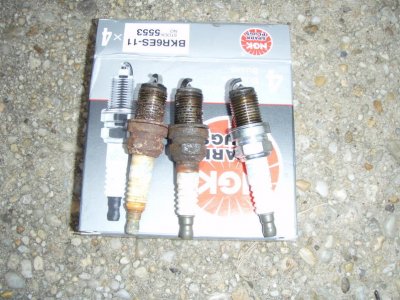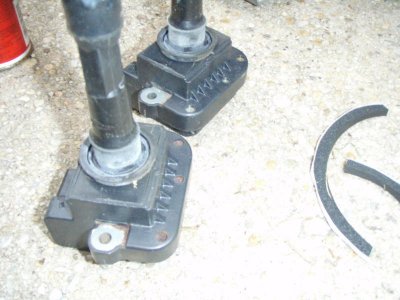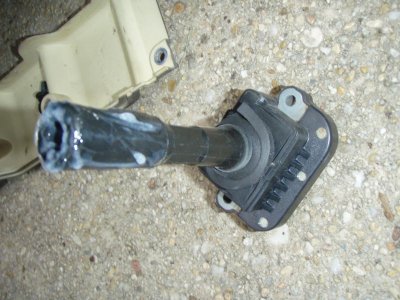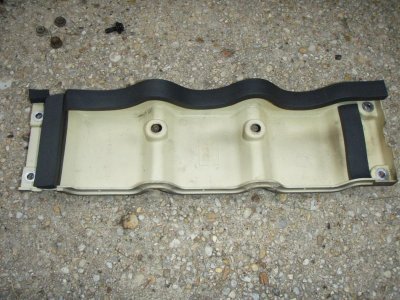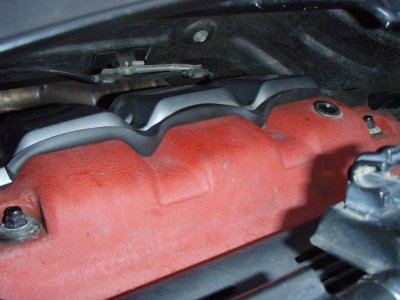So I finally got sick of the water on the coils problem and decided to resolve it yesterday. I took out the old plugs and replaced them with NGK BKR 6E11; only two were rusted. I cleaned up the coil contacts and used dielectric grease inside/outside the rubber sleeve. I used weather strip to keep water from getting down into the spark plugs/coils. I then used the weather strip to create a better seal on coil cover. Hope this helps others with the same problems. Today I drove to work in pouring down rain with no issues. I don't think any water will be getting down there anymore.





-
Protip: Profile posts are public! Use Conversations to message other members privately. Everyone can see the content of a profile post.
Similar threads
- Locked


